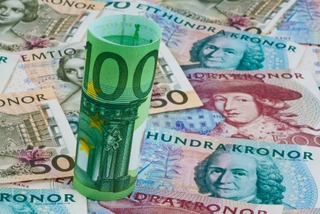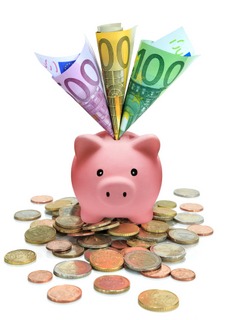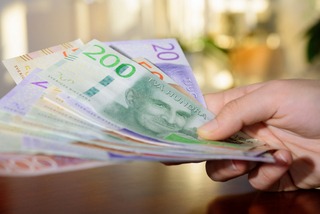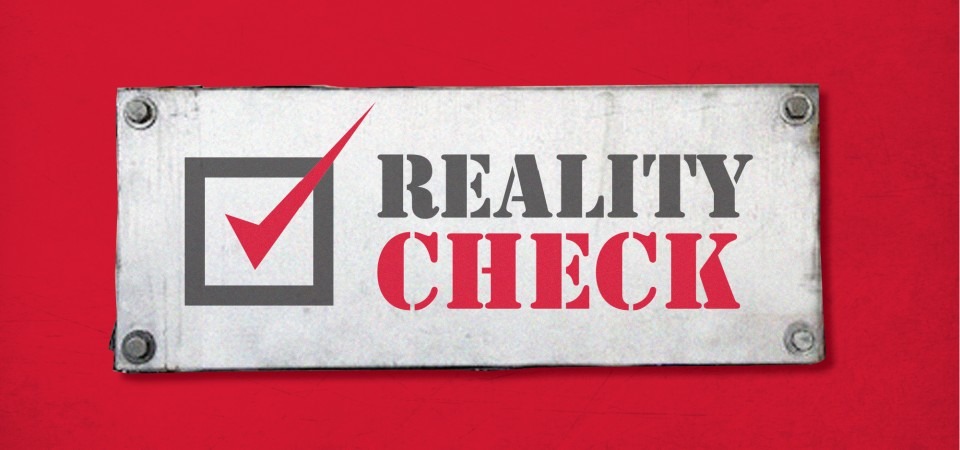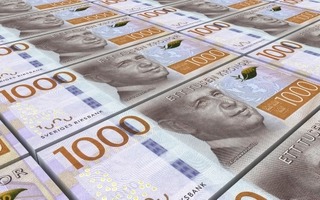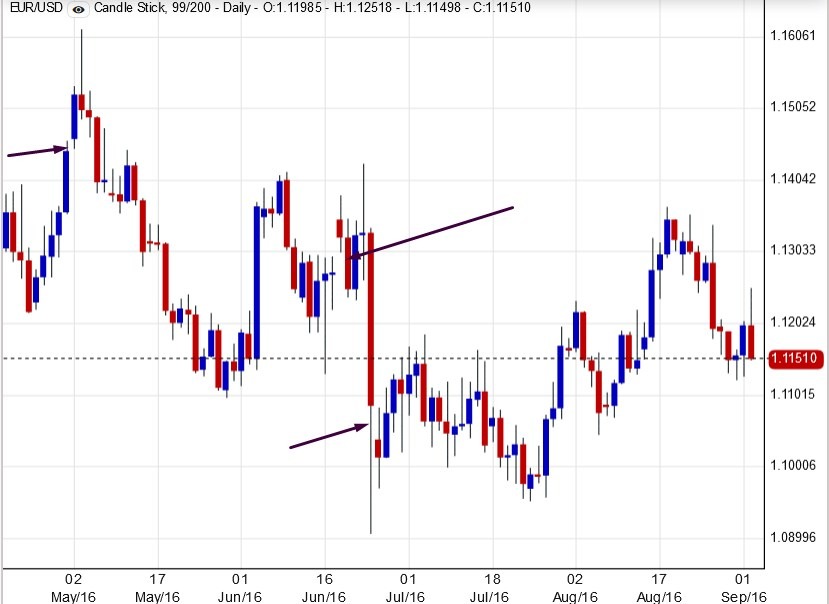Online forex trading comes with risks and rewards. The potential to lose or make money is always hard to calculate. As only few traders can really embrace risk.
Online Forex Trading Explained in Terms of Risks and Rewards
Online forex trading is fascinating and interesting. In many ways. Because it allows wise trades to be patient and to look out for the best trades. Risk and reward are figures often misunderstood by many traders. These figures are often poorly defined and stated in the wrong way. First of all, many educators of forex trading are naive in their definition of risk and reward. In that they focus on single trade figures and calculations. And this is a narrow-minded approach to estimate risk and reward. The forex trading international community is hugely misled by these educators and their misconceptions of market risk. Actual risk and reward in the market, are numbers much more difficult to estimate. Moreover, the very definition of the so called risk-reward ratio, as defined per trade, is totally misleading. More useful definitions of risk and reward, should take into account probabilities and much more data. As it is perfectly possible to trade the forex market profitably, with a high risk-reward ratio, per trade. Even in the classic investment world, most investments offer 15% – 20% return, per year. So by the naive logic of low risk-reward ratio proponents, these investments are bad. Because according to them one has to risk $1,000 to make $150 or $200. So these investments should be avoided, that’s their logic.
Online Forex Trading with A Low Risk- Reward Ratio
Online forex trading offers many good, high probability trades. But traders need to theoretically risk $100 to make just $20 per trade. That’s the way high probability trading works. The risk-reward as defined by those naive educators, is too high. Which is why they wouldn’t touch such trades. The truth is traders cannot predict markets, on a per trade basis. The more one focuses on a single trade, the less predictable the market becomes. Wise forex traders look at the week ahead, and see the entire trading week as a domain for many different trades. Probability-wise, this is a much better way to look at markets. And to use a high risk-reward ratio, per single trade. High risk-reward ratios employ the use of larger stop losses. And this helps absorb market volatility much better. Without getting stopped out for no reason. Moreover, if stop size is large enough, larger than the average expected market range. Then even if a trade is stopped out at maximum possible loss, the trader has plenty of time to enter the market again. And to either ride the recovery trend the next day, and get all their losses back. Or to open a new trade in the new market direction. Should the market continue to move that way. Forex charts help traders identify all these critically important daily ranges and average expected daily movements. Wise traders can be wrong on direction 50% of the time and still be profitable. Whereas low risk-reward ratio users, get stopped out way too often. Resulting in too many missed profits and losses.
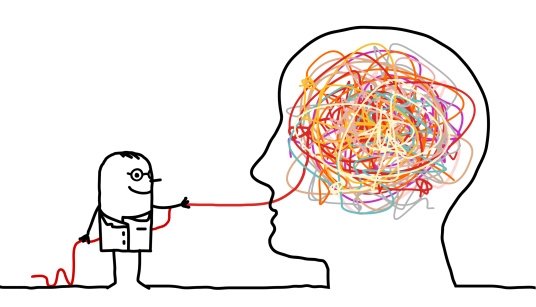
Are Forex Educators Really So Naive?
Most forex educators will try to sell trading systems that somehow look tidy and nice, because that’s what sells best. Anything that looks messy and ugly is hard to sell. But good classic investments are actually ugly in that regard, and do have very high risk-reward ratios. You need to ‘risk’ $1,000 to make $200, period! And this offers the maximum probability of success. Forex trading systems utilizing high risk-reward ratios do result in very messy trading conditions, and stressful too. But these are the trading systems that do make the most money consistently. Forex educators cannot promote such systems because the apparent risk would scare away many forex students.
